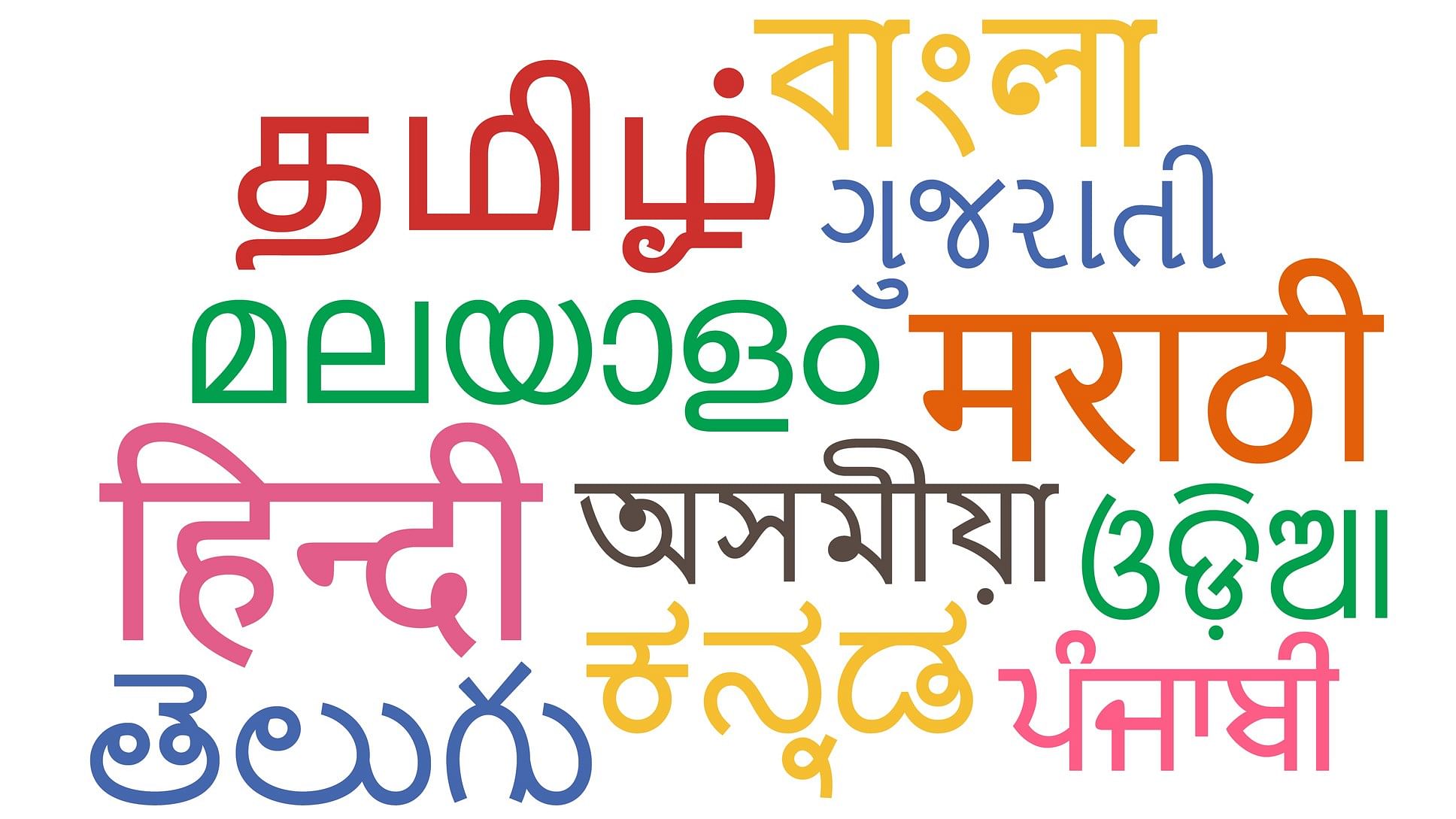
Representative image.
Credit: iStock Photo
The last large-scale linguistic survey of India was carried out by George Abraham Grierson between 1898 and 1928. Over the century since Grierson completed the monumental and pioneering work, it has acquired the status of a permanent touchstone in relation to any sociolinguistic discussion of languages in India.
Even at the beginning of the 20th century, which was Grierson’s time, one notices through his account the beginning of a gradual decline of nearly 165 out of the 179 languages—the languages not in print in his time—that he documented and described. There is as yet no full scale comparison between Grierson’s ‘linguistic discoveries of India’ with a similar discovery by his eminent predecessor Sir William Jones (1746-1794). Jones was excited about the presence of different languages in India, though of course he had no way of knowing how many of them existed in his time.
In contrast, Grierson’s description had no such ‘eureka’ about it. When one wades through the Grierson volumes, one returns home with the impression that the languages reported in them are in most part the rustic varieties, fit only for housing childish songs and materials good enough for folklorists subservient to anthropology. As against the less than 200 languages that he described, he had over 500 dialects to describe. The arithmetic of the great work is indicative of its essential bias. Perhaps, the beginning of it was embedded in the work of William Jones and other scholars of his generation who collectively created Indology as a field of knowledge, despite there being apparent euphoria in discovering India as an unknown continent of civilisation.
The intellectual industry of Indology was devoted to describing India in every aspect of its remote past and its contemporary situation. However, the knowledge forms developed in ancient and medieval India did not find favour with the European scholars engaged in the literary and linguistic archaeology of India.
Within the field of linguistics, India had produced a series of significant texts, beginning with Panini’s Ashtadhyayi and going through—to name but a few—Katyayana, Patanjali and Bhartrihari to Anandavardhana’s Dhvanyaloka. The theories such as vyakarana, sphota and dhvani were indeed important scientific and philosophical ways of looking at sounds, words, sentences and meaning. For the European Indologists, these and the other texts were material to re-discover, study and translate, but not the texts that could be imbibed, assimilated with modern scientific thinking, and used as the conceptual framework for narrating India to the rest of the 19th century world.
Panini’s search was for finding out the roots of words (dhatu) by isolating the original and its affixes (pratyaya) or inflections. He drew up rules for word formation using a small number of root words and analysing their manifold transformations caused by affixes and inflections. Bhartrihari had demonstrated how meaning of a sentence is caused through sphota, which, in his formulation, brings the phonetic body of words together with the semantic references evoked by those words in the moment of realisation of the intent. Anandavardhana had offered elaborate analysis of various levels or orders of expressed meaning as well as nascent meaning-intentions in his theory
of dhvani.
The orientation of the Indian tradition of scholarship in Linguistics was primarily structural and analytical. William Jones was looking at the evolution and transformation of language-bodies, through a genetic prism. Besides, the political context of scholarship of the European Indologists was clearly averse to granting Indian traditions of thought the prerogative of theorising. Therefore, the Vedangas, Vyakaranas and the Niruktas which constituted Linguistics in Sanskrit were not of any great interest to the Historical Linguistics of the late 18th and early 19th century European scholars.
William Jones’ hypothesis on the ancient relatedness of languages of Europe and Asia had a far reaching impact on language studies in Europe. The Historical and Comparative Linguistics ruled the field for more than a century; and along its way, it also gave rise to a fraudulent claim by Nazi Germany about Aryan supremacy. The idea of Language Family, analogous to the Zoological family tree was applied to languages, which are non-biological and purely sociological systems.
In the pre-colonial epistemologies of language, hierarchy in terms of a standard and dialect was not common. Language diversity was an accepted fact of life. Literary artists could use several languages within a single composition, and their audience accepted the practice as normal. Great works like the epic Mahabharata continued to exist in several versions handed down through a number of different languages almost till the beginning of the 20th century.
When literary critics theorised, they took into account literature in numerous languages. Matanga’s medieval compendium of styles, Brihad-deshi, is an outstanding example of criticism arising out of the principle that language diversity is normal.
(G N Devy is chairperson, The People’s Linguistic survey of India.)